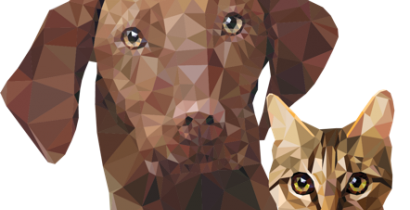Home -> Vectors -> Kissing Bugs -> Feeding
FEEDING
Depending on the type of habitat occupied by the different triatomine species (sylvatic, peridomestic, domestic; see also under General/Epidemiology), wild or domestic animals as well as humans are frequented for blood feeding.
Both sexes of adults and all nymphal instars require blood for their survival and development.
As in other hematophagous arthropods, feeding behaviour is initiated by a combination of physical and chemical factors. In this context heat and carbon dioxide have been mentioned. Furthermore, a pheromone in the faeces of nymphal and adult Triatoma infestans and in nymphal Rhodnius prolixus has been reported to attract unfed nymphs. For more detailed information see Krinsky (2019).
Activity Dynamics
Host Spectrum
References
ACTIVITY DYNAMICS
Triatomines are generally secretive, hiding in cracks and crevices. Most species are nocturnal and actively seek blood from diurnal hosts that are resting and sleeping at night. In some cases, bugs will feed in daylight, typically on hosts that are nocturnal. Kissing bugs can survive for months without a blood meal. When hosts are available, triatomines commonly feed every 4-9 days.
The amount of blood ingested, depends on the duration of feeding, which again is governed by the presence of chemicals in the blood of the host and by stretch receptors in the abdomen of the bug. The time required to engorge fully, varies from 3 to 30 min. Adult bugs may imbibe blood equivalent to about three times their body weight, while nymphs may imbibe 6-12 times their unfed weight. After engorging, the bug removes the rostrum from the host and, in most species, defecates on or near the host, before crawling away to seek shelter. For more detailed information see Krinsky (2019).
As Trypanosoma cruzi, the pathogenic agent of Chagas disease, is excreted by the bug during defecation, the interval between feeding and defecation is a major factor in determining the effectiveness of a species as vector of T. cruzi. The pathogen enters the host either via normal healthy mucosa or broken skin.
EXPLORE OUR CONTENT
 CVBD MapsThe CVBD Occurence World Map presents country-specific situations based on current scientific knowledge and feed-back from experts around the world in an easy-to-grasped way. |
| Read more-> |
 ResourcesElanco Animal Health supports education in parasitology and especially in the field of vector-borne diseases. Access image collections, discover the World Forum calendar, interesting links and our glossary. |
| Read more-> |
 CVBD World ForumThe CVBD World Forum is a working group of leading international experts with the mission to enhance knowledge and communication on companion animal vector-borne diseases for the improvement of animal, human, and environmental health. |
| Read more-> |
